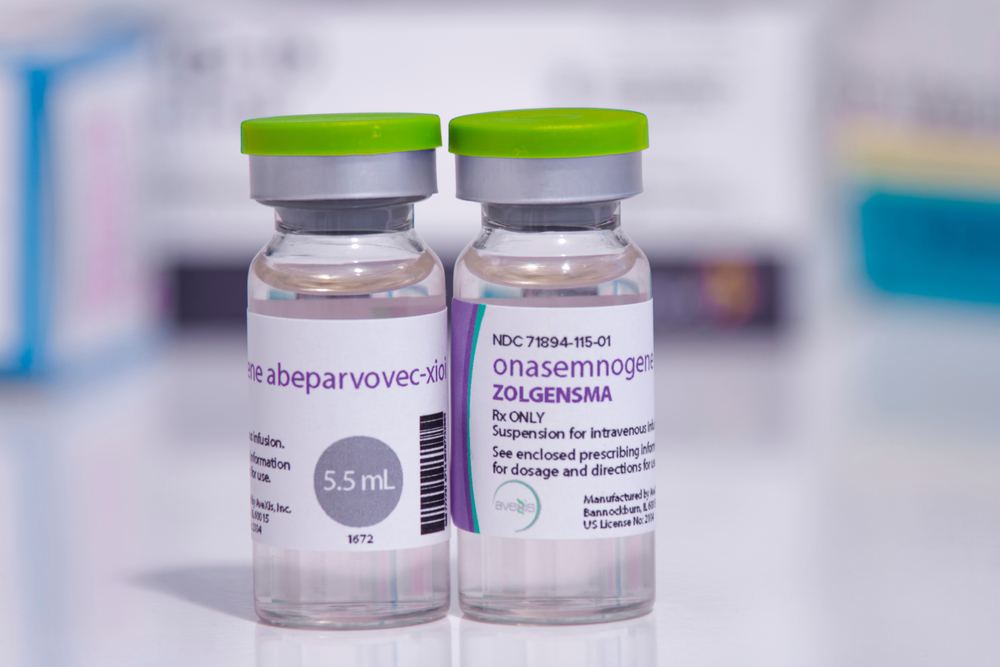Brazil’s federal supplementary health regulator ANS has just added Zolgensma, a medicine used to treat babies up to six months old diagnosed with SMA (Spinal Muscular Atrophy) Type 1, to the mandatory coverage list of health plans.
This is a massive victory for hundreds of families in the country. Data from the National Institute of Spinal Muscular Atrophy (Iname) indicate that nearly half of the children with SMA Type 1, the most severe, are up to six months old. The drug can stop the disease’s development.
Zolgensma, once the most expensive medication in the world, was incorporated into the SUS, Brazil’s public health system, in December 2022, right after being approved by CONITEC, a committee that rules on the inclusion of new technologies in the country’s public health network.
The Health Ministry estimates that there are 400 Brazilians currently undergoing treatment for the disease. Zolgensma is indicated for babies who do not need invasive ventilation for more than 16 hours a day.
Private health operators have up to 60 days to make available any treatment approved by CONITEC — in the case of Zolgensma, that deadline falls in February. Meanwhile, the SUS has up to 180 days to incorporate new treatments.
The SUS is expected to pay a maximum of BRL 5.7 million (USD 994,000) per each Zolgensma treatment as the federal government negotiated exceptional payment conditions with Novartis, the drug’s manufacturer. In pharmacies and private networks, however, the cost of the medication can reach BRL 6.4 million (USD 1.24 million).
The ANS also added three other drugs to the list of medicines that health plans must provide in Brazil. These are Dupilumab (for the treatment of adult patients with severe atopic dermatitis), Zanubrutinib (for adults with mantle cell lymphoma), and Romosozumab (for postmenopausal women with osteoporosis aged 70 or over).


 Search
Search






































